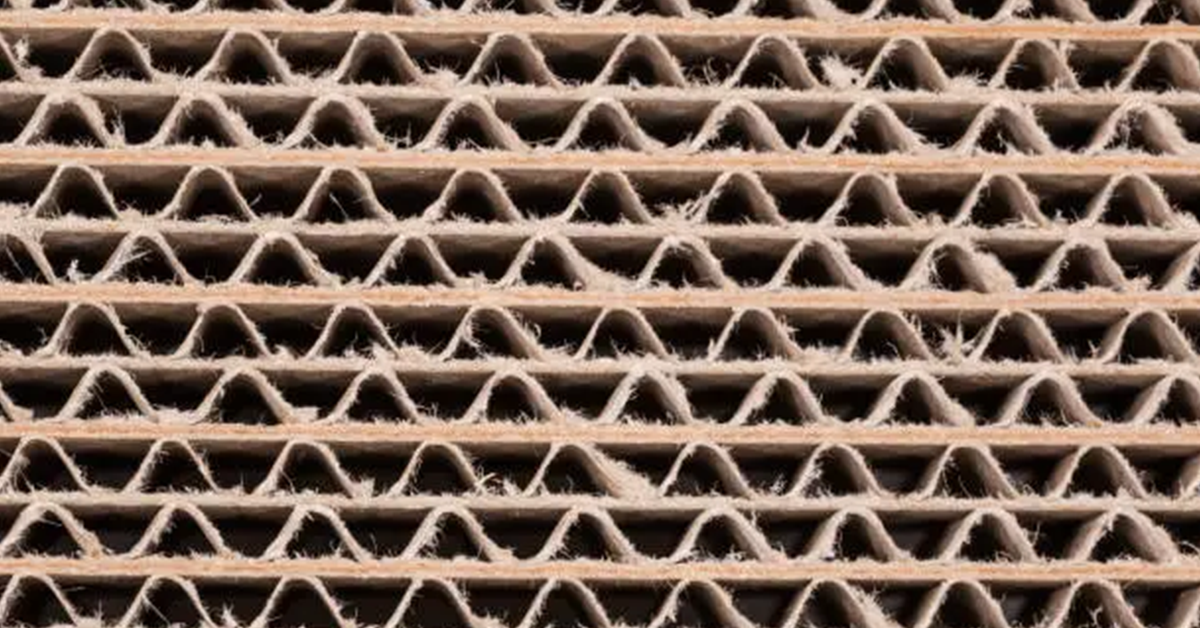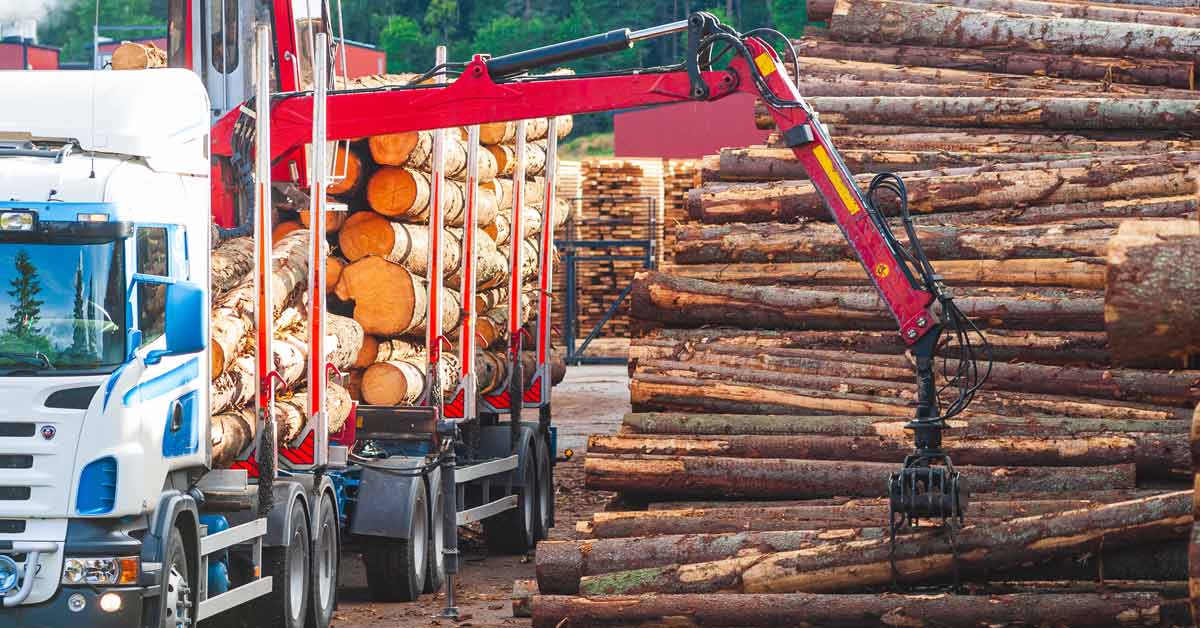2 min read
PCA to Acquire Greif’s Containerboard Business: What This Means for the Paper Packaging Landscape
ResourceWise
:
Jul 2, 2025 9:43:13 AM

On July 1, 2025, Greif, Inc. announced it will sell its containerboard business to Packaging Corporation of America (PCA) for $1.8 billion. This headline-making deal marks another milestone in a period of accelerated consolidation across the paper packaging industry.
The implications of this deal are wide-reaching, affecting suppliers, competitors, and corrugated box buyers alike. In this blog, we’ll unpack the significance of this deal and explore how ResourceWise tools, data, and consulting capabilities can help industry professionals navigate this transition with confidence.
An Overview of the Deal
Greif, a global leader in industrial packaging, has operated its containerboard business as a relatively small vertical alongside its core focus on rigid industrial containers and intermediate bulk packaging. Now, the company is divesting that segment and selling it to PCA, one of the largest containerboard and corrugated product manufacturers in the United States.
This strategic acquisition significantly enhances PCA’s production base and strengthens its fiber sourcing capabilities. The deal includes two of Greif’s containerboard mills, seven sheet feeder locations, and one full line box plant. In total, this represents nearly 800,000 tons of annual containerboard production capacity.
Strategic Drivers
For Greif, this move aligns with its "Build to Last" strategy, which aims to streamline operations and concentrate on higher-margin packaging solutions. With more than 140 years of experience, Greif has focused on rigid industrial containers, flexible products, and specialty packaging. Divesting its containerboard segment helps it:
- Sharpen its portfolio – though it's important to note that this deal does not include its uncoated recycled board (URB) mills.
- Reduce capital intensity
- Increase shareholder value
For PCA, this acquisition would be beneficial in multiple ways. These include:
- Increased integration: PCA boosts its internal supply of containerboard, allowing better cost control.
- Regional diversification: The acquired assets strengthen PCA’s Southeast and Midwest positions.
- Market share growth: PCA fortifies its #3 spot in US containerboard capacity rankings, inching closer to Smurfit WestRock and IP.
Why This Deal Matters for the Industry
The Greif–PCA agreement is not just a balance-sheet reshuffling. This growth-focused acquisition comes on the heels of several high-profile containerboard mill and box plant closures, including actions taken by IP and Smurfit Westrock.
Now, all three of the largest North American containerboard producers have executed capacity-expanding acquisitions in the past two years. Notably, this is the first of those moves to be entirely focused in North America, with the previous two combinations having a global footprint.
These shifts mark a turning point in how major players are positioning themselves to respond to demand normalization, fiber constraints, and long-term integration strategies.
What’s Next?
Through FisherSolve, ResourceWise provides professionals with the unique ability to analyze both mill and corrugator data—enabling detailed views into the footprint this deal creates. Users can assess asset competitiveness, integration strategies, and regional market shifts stemming from the transaction. This type of analysis is critical for businesses seeking to benchmark performance or prepare for evolving supply dynamics.
In a follow-up blog, we’ll explore how this deal could reshape the landscape for three key stakeholder groups: corrugated box buyers, suppliers, and competitors. We’ll also take a closer look at how businesses can leverage specific tools and modules within the FisherSolve platform to answer critical strategic questions—ranging from pricing impacts and supply chain shifts to competitive positioning and asset benchmarking.
To make sure you don’t miss the next blog or any future insights, be sure to sign up for our newsletter.





